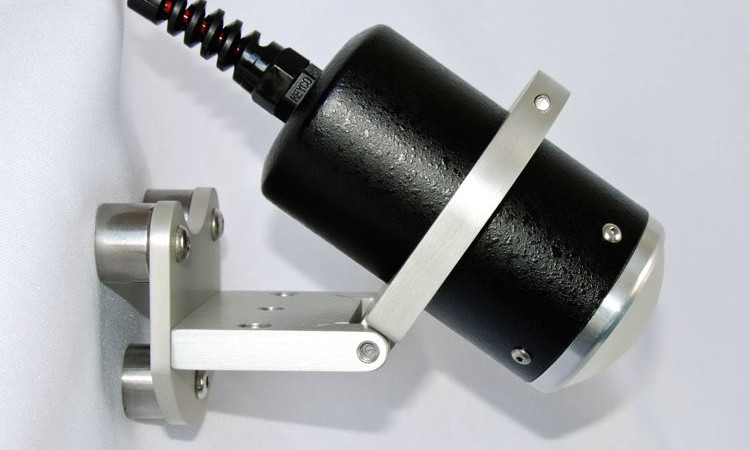
How to Measure Speed with a Doppler Radar Sensor
Have you ever wondered how law enforcement officers are able to accurately measure the speed of vehicles on the road? Or how meteorologists can track the speed of a storm? The answer lies in a technology known as Doppler radar sensors. In this article, we will explore how Doppler radar sensors work and how you can use them to measure speed in various applications.
Doppler radar sensors work by emitting high-frequency radio waves towards a target object, such as a vehicle or storm cloud. As these waves bounce off the target and return to the sensor, any changes in frequency are measured. The difference in frequency between the emitted signal and the received signal is known as the Doppler shift, which can be used to calculate the speed of the target object.
There are two main types of Doppler radar sensors used for measuring speed: continuous-wave radar and pulse radar. Continuous-wave radar systems emit a continuous signal towards the target and measure the Doppler shift in real-time. Pulse radar systems, on the other hand, emit short bursts of radio waves and analyze the Doppler shift in each pulse to calculate speed.
When it comes to measuring the speed of vehicles on the road, law enforcement officers typically use pulse radar systems. These radar guns emit short bursts of radio waves towards a vehicle and measure the frequency shift in each pulse to determine the speed of the vehicle. This information is then displayed on the radar gun’s screen for the officer to see.
For meteorologists tracking the speed of storms, continuous-wave radar systems are often used. These radar sensors emit a continuous signal towards a storm cloud and measure the Doppler shift in real-time to determine the speed and direction of the storm. This information is crucial for issuing weather warnings and keeping the public safe.
How to Use Doppler Radar Sensors to Measure Speed
Using a Doppler radar sensor to measure speed is relatively simple, but it does require some knowledge of how the technology works. Here are a few steps to help you get started:
- Position the radar sensor in a location where it has a clear line of sight to the target object.
- Power on the radar sensor and set the desired measurement units (e.g. mph or km/h).
- Calibrate the radar sensor to ensure accurate speed measurements.
- Aim the radar sensor towards the target object and press the measurement button.
- Wait for the radar sensor to calculate the speed of the target object and display the result.
It’s important to note that Doppler radar sensors can be affected by various factors, such as the angle of incidence, weather conditions, and background noise. To ensure accurate speed measurements, it’s crucial to position the sensor correctly and account for any potential interference.
Whether you’re a law enforcement officer monitoring traffic speed or a meteorologist tracking storm movements, Doppler radar sensors are a valuable tool for accurately measuring speed in a wide range of applications. By understanding how these sensors work and following best practices for measurement, you can make informed decisions and keep the public safe.
Was this helpful?
0 / 0